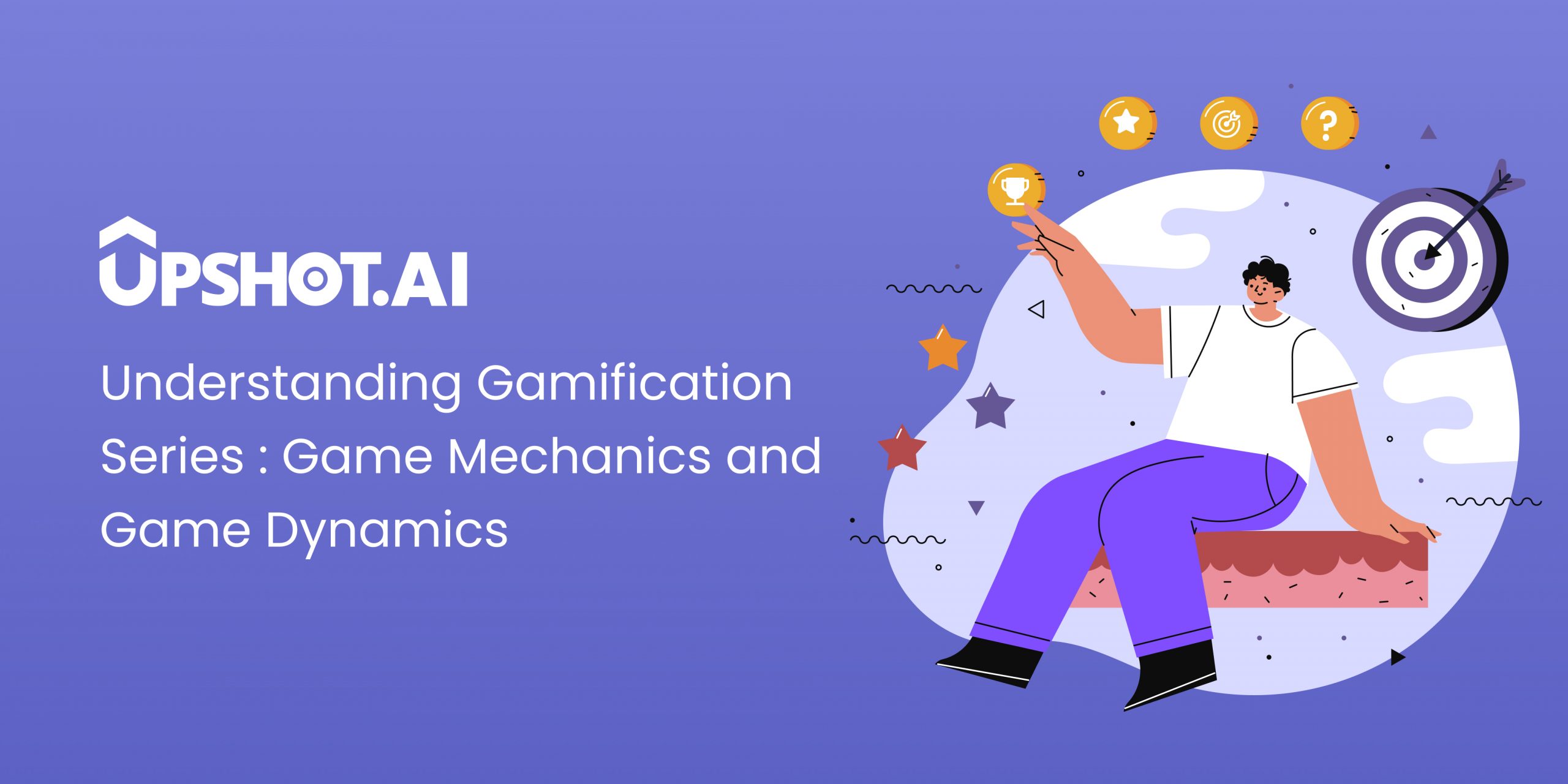Blog / Understanding Gamification Series: Game Mechanics and Game Dynamics
Understanding Gamification Series: Game Mechanics and Game Dynamics
Architaa Pandey
Nov 17, 2022
Reading time: 9 mins
Leave a Reply
Your email address will not be published. Required fields are marked *







